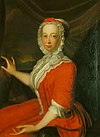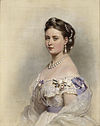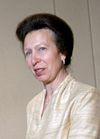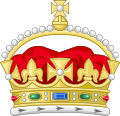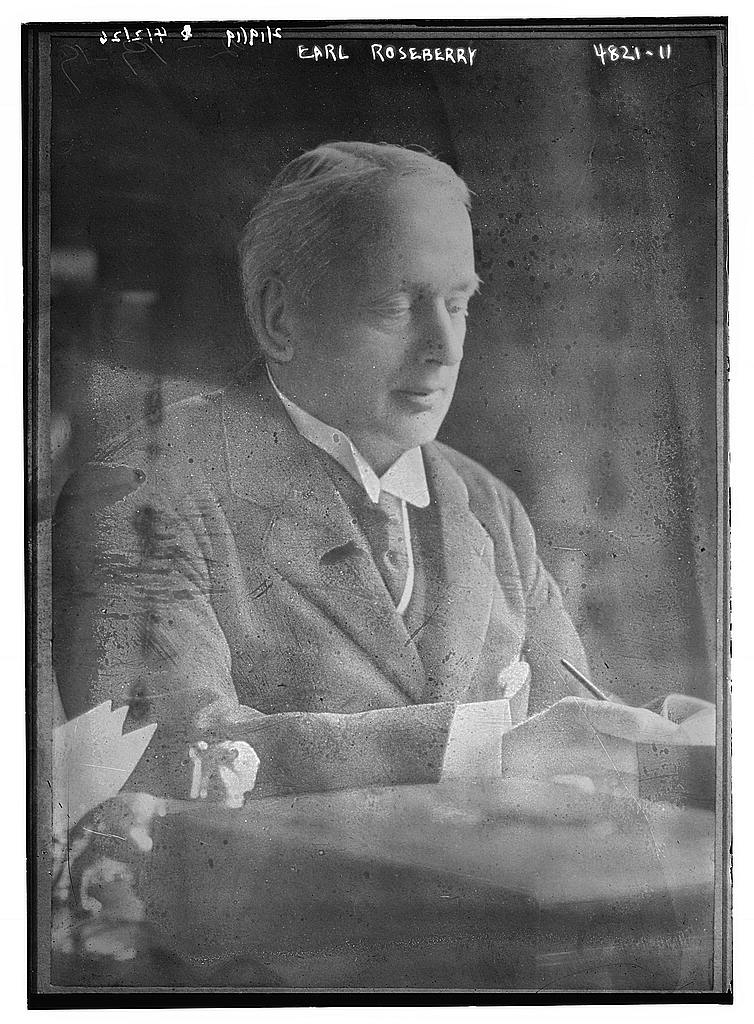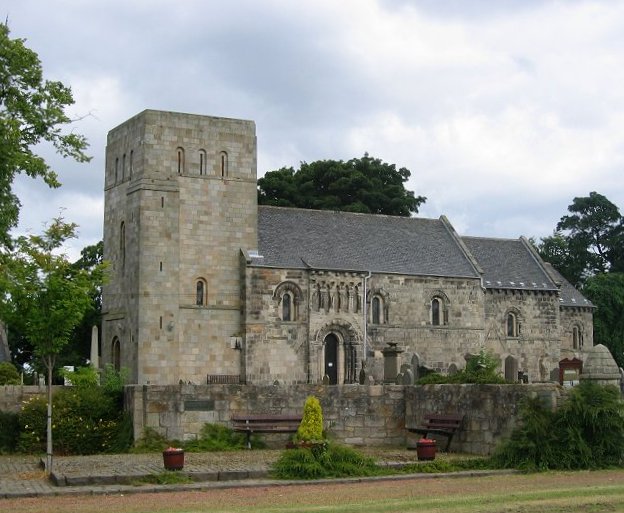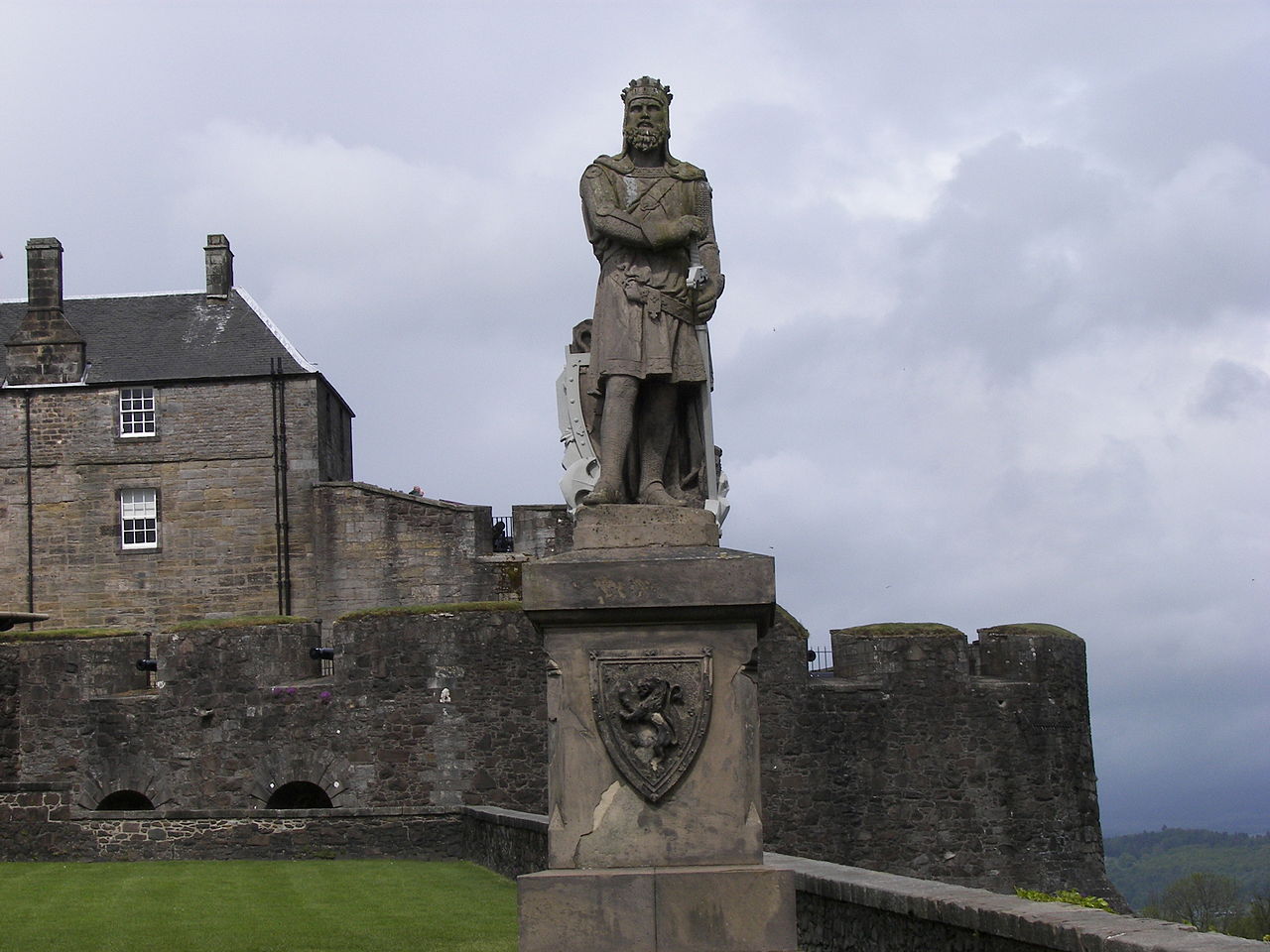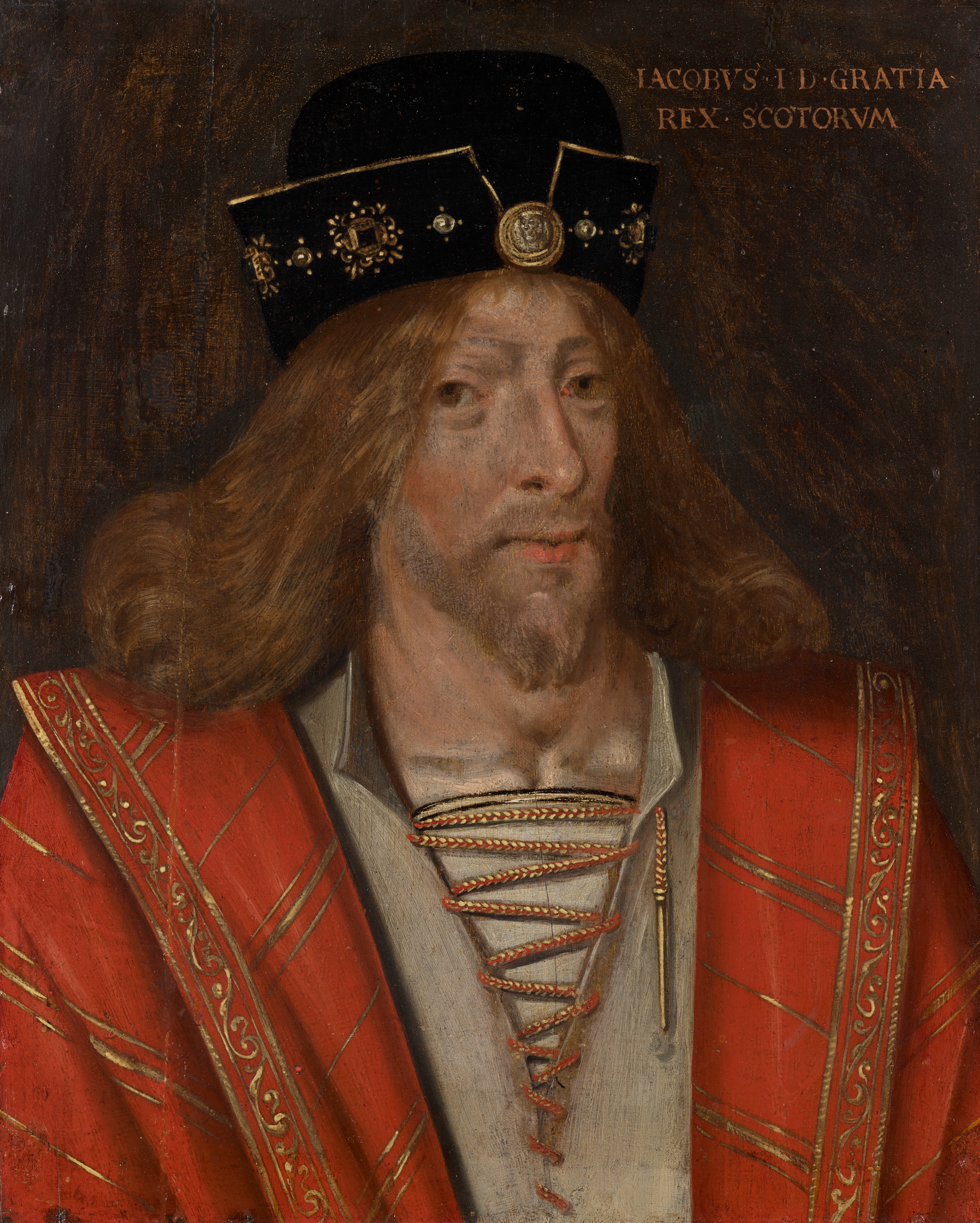by Scott Mehl © Unofficial Royalty 2019

Sir Arthur Bigge, painted by Rudolf Swoboda, 1889. source: Royal Collection Trust RCIN 404843
Lieutenant Colonel The Right Honourable Sir Arthur John Bigge was Private Secretary to Queen Victoria from 1895 until she died in 1901. He then served as Private Secretary to the future King George V from 1901 – 1910, and for twenty-one years of King George V’s reign until he died in 1931. Queen Victoria did not have an official Private Secretary until she appointed General Charles Grey to the office in 1861. Lord Melbourne informally served as Private Secretary while he was Prime Minister from 1837 – 1840. Prince Albert then informally served as Private Secretary from 1840 until he died in 1861. The official position of Private Secretary came about when it was realized that the monarch required advice and support because the growth of the government had caused the government ministers to have insufficient time to provide daily advice and support. It was traditional for Queen Victoria’s Private Secretaries to be provided with homes at her various residences, including apartments in the Norman Tower at Windsor Castle, apartments in St. James’s Palace in London, and Osborne Cottage on the grounds of Osborne House on the Isle of Wight.
Arthur was born on June 18, 1849, one of nine children of Reverend John Frederick Bigge, Vicar of Stamfordham, and Caroline Mary Ellison. He attended the Rossall School in Lancashire before entering the Royal Military Academy Woolwich. While at Woolwich, Arthur was a classmate and became a close friend of Louis Napoleon, Prince Imperial, the only son of French Emperor Napoleon III and Empress Eugenie. His friendship and connection to the Prince Imperial would bring Arthur to royal service in the coming years. Arthur was commissioned into the Royal Artillery in 1869 and later served on the staff of Field Marshal Sir Evelyn Wood in the Zulu War of 1878-1879. After the death of the Prince Imperial in battle in June 1879, Arthur was summoned to Balmoral Castle to provide The Queen with the details of the Prince’s death. He also accompanied Empress Eugenie when she visited the site of her son’s death. According to Arthur himself, the kind words of Empress Eugenie to Queen Victoria led to his appointment to the Royal Household in 1880.
On February 10, 1881, Arthur married Constance Neville, the daughter of Rev. William Frederick Neville and Franny Grace Blackwood. The couple had three children:
- The Hon. Victoria Bigge (1881) – married Captain Henry Robert Adeane (killed in World War I), had issue
- The Hon. Margaret Bigge (1885) – unmarried
- Lt. The Hon. John Bigge (1887) – unmarried, killed in action in World War I; served as a Page of Honour to both Queen Victoria and King Edward VII
Arthur’s grandson, Michael Adeane, served as Assistant Private Secretary (1952-1953) and Private Secretary (1954-1972) to Queen Elizabeth II and Michael’s son Edward Adeane also served extensively in the Royal Household. He was a Page of Honour to Queen Elizabeth II (1954-1956), Private Secretary and Treasurer to The Prince of Wales (1979-1985), Treasurer to The Princess of Wales (1981-1985), Private Secretary to The Princess of Wales (1984-1985) and Extra Equerry to The Prince of Wales (1985-2015).
Arthur’s service in the Royal Household began in 1880 when he was appointed Groom-in-Waiting, and then quickly named Assistant Private Secretary to Queen Victoria. Later that year, he was also appointed Assistant Keeper of the Privy Purse, serving until 1895. In May 1895, he succeeded Sir Henry Ponsonby as Private Secretary to Queen Victoria and served until her death in January 1901.

Arthur BIgge, Private Secretary, February 1901. source: Royal Collection Trust RCIN 2911902
Following Queen Victoria’s death, Arthur was appointed as Private Secretary to the future King George V, whom he would serve for the next 31 years. He was officially the Private Secretary to The Duke of Cornwall and York (March-November 1901); Private Secretary to The Prince of Wales (November 1901-May 1910), and then Private Secretary to The King (June 1910-March 1931). During his service, he joined George on numerous trips and tours and became a close friend and advisor to the future King. He was involved with the decision to choose Windsor as the new name for the royal house during World War I the decision not to grant asylum to the Russian Imperial Family. His importance to the King was best described in the King’s own words following Arthur’s death – “He taught me how to be a king. He was the most loyal friend I have ever had.”

King George V in Buckingham Palace Gardens with Baron Stamfordham, June 1918. source: Royal Collection Trust RCIN 2108037
During his time in service, Sir Arthur received numerous orders and honours, including the Order of the Bath, Royal Victorian Order, Order of the Indian Empire, Order of the Star of India, Order of St. Michael and St. George, and the Imperial Service Order. He also received several foreign orders, including the French Legion of Honour, the Greek Order of the Redeemer and the Danish Order of the Dannebrog. In 1910, he was made a member of His Majesty’s Privy Council, and the following year, on July 10, 1911, he was created Baron Stamfordham in the County of Northumberland. As his son had predeceased him, the barony became extinct upon Arthur’s death.
On March 31, 1931, following several weeks of illness, Lord Stamfordham died at his apartments in St. James’s Palace in London, England. He was buried at Brompton Cemetery in London, England.
This article is the intellectual property of Unofficial Royalty and is NOT TO BE COPIED, EDITED, OR POSTED IN ANY FORM ON ANOTHER WEBSITE under any circumstances. It is permissible to use a link that directs to Unofficial Royalty.
Recommended Book – Serving Queen Victoria: Life in the Royal Household by Kate Hubbard













